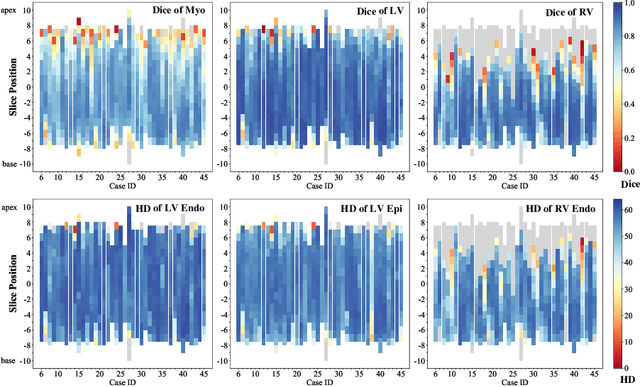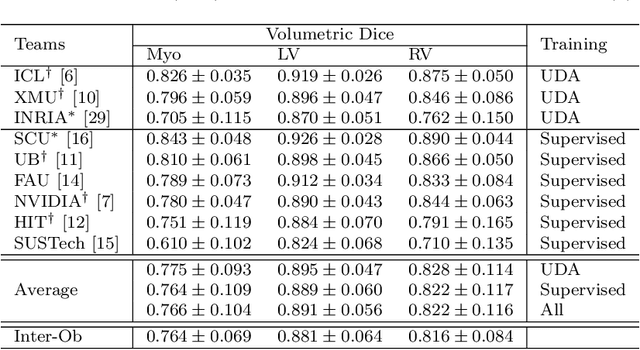Sihang Wang
Enhancing Hyperbole and Metaphor Detection with Their Bidirectional Dynamic Interaction and Emotion Knowledge
Jun 18, 2025Abstract:Text-based hyperbole and metaphor detection are of great significance for natural language processing (NLP) tasks. However, due to their semantic obscurity and expressive diversity, it is rather challenging to identify them. Existing methods mostly focus on superficial text features, ignoring the associations of hyperbole and metaphor as well as the effect of implicit emotion on perceiving these rhetorical devices. To implement these hypotheses, we propose an emotion-guided hyperbole and metaphor detection framework based on bidirectional dynamic interaction (EmoBi). Firstly, the emotion analysis module deeply mines the emotion connotations behind hyperbole and metaphor. Next, the emotion-based domain mapping module identifies the target and source domains to gain a deeper understanding of the implicit meanings of hyperbole and metaphor. Finally, the bidirectional dynamic interaction module enables the mutual promotion between hyperbole and metaphor. Meanwhile, a verification mechanism is designed to ensure detection accuracy and reliability. Experiments show that EmoBi outperforms all baseline methods on four datasets. Specifically, compared to the current SoTA, the F1 score increased by 28.1% for hyperbole detection on the TroFi dataset and 23.1% for metaphor detection on the HYPO-L dataset. These results, underpinned by in-depth analyses, underscore the effectiveness and potential of our approach for advancing hyperbole and metaphor detection.
Multi-Modality Cardiac Image Analysis with Deep Learning
Nov 08, 2021



Abstract:Accurate cardiac computing, analysis and modeling from multi-modality images are important for the diagnosis and treatment of cardiac disease. Late gadolinium enhancement magnetic resonance imaging (LGE MRI) is a promising technique to visualize and quantify myocardial infarction (MI) and atrial scars. Automating quantification of MI and atrial scars can be challenging due to the low image quality and complex enhancement patterns of LGE MRI. Moreover, compared with the other sequences LGE MRIs with gold standard labels are particularly limited, which represents another obstacle for developing novel algorithms for automatic segmentation and quantification of LGE MRIs. This chapter aims to summarize the state-of-the-art and our recent advanced contributions on deep learning based multi-modality cardiac image analysis. Firstly, we introduce two benchmark works for multi-sequence cardiac MRI based myocardial and pathology segmentation. Secondly, two novel frameworks for left atrial scar segmentation and quantification from LGE MRI were presented. Thirdly, we present three unsupervised domain adaptation techniques for cross-modality cardiac image segmentation.
 Add to Chrome
Add to Chrome Add to Firefox
Add to Firefox Add to Edge
Add to Edge